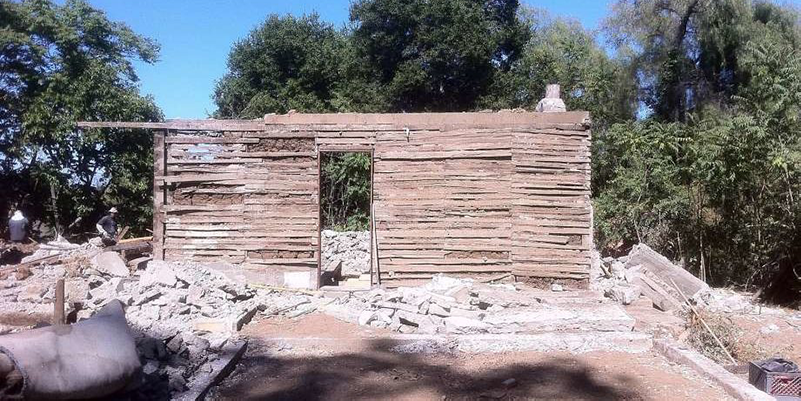Juana Briones was a healer, an early landowner, and an entrepreneur. She also secured a divorce from her abusive husband, which was unheard of at the time. As a woman of mixed heritage who accomplished so much, she was a trailblazer.
Native, Spanish, Mexican, and American California cultures blended in her life. In 1802, she was born near Santa Cruz into a mixed-race family (Native American, African-American, and European) in what was then New Spain, later Mexico. Halfway through her life, her home became part of California and then the United States. Her grandparents and parents had walked from New Spain (Mexico) with the de Anza and Portola expeditions to Alta California, then part of the Spanish empire.
The daughter of a soldier posted near Monterey, Juana moved to the Presidio in 1820 and married a soldier, Apolinario Miranda. She raised a large family including adopting an orphaned Native American girl. Strikingly unusual for the times, she secured the equivalent of a divorce (a “clerical separation”) from her abusive, alcoholic husband, and then dropped his surname.
The first non-native woman living in Yerba Buena, (now San Francisco), she ran a farm and sold milk and produce to sailors. She was known for her hospitality and medical skills. She never received a formal education, but trained her nephew, Pablo, who became known as the “Doctor of Bolinas.”
In 1844 Juana, who already owned land and multiple homes, purchased the 4,400-acre Rancho La Purísima Concepción—now Palo Alto and Los Altos Hills. While many land grant owners lost their property during the tumultuous period following the Gold Rush, she successfully fought for and retained title to her land. Briones later sold most of her land to the Murphy family, who came to California with the first wagon train to successfully reach the west—two years before the ill-fated Donner Party.
In 1889, she died in Mayfield (now part of Palo Alto). Juana Briones Elementary School and Juana Briones Park are named for her, and several streets incorporate her husband and children’s names. The remnants of her early rancho home in the Palo Alto foothills were demolished in 2011, but local residents purchased the adobe wall section, which will be displayed in the future Palo Alto Museum.
Photo: Juana Briones y Tapia de Miranda (possibly) — only one photo exists that is believed by her relatives to be Juana Briones. Courtesy of Golden Gate National Recreation Area.

